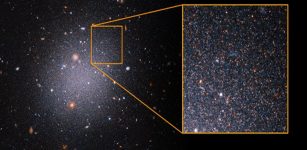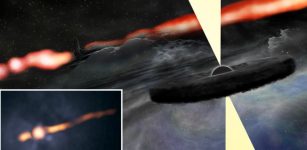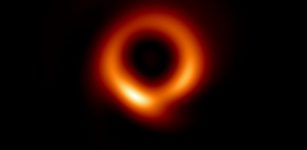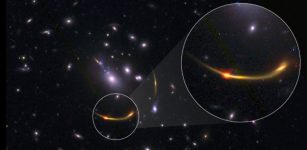Existence Of A ‘Hot Cocoon’: High-Speed Supernova Reveals Earliest Moments Of A Dying Star
MessageToEagle.com – An international team of scientists, including astronomers from the Universities of Leicester, Bath and Warwick, have found evidence for the existence of a ‘hot cocoon’ of material enveloping a relativistic jet escaping a dying star.
A relativistic jet is a very powerful phenomena which involves plasma jets shooting out of black holes at close to the speed of light, and can extend across millions of light years.
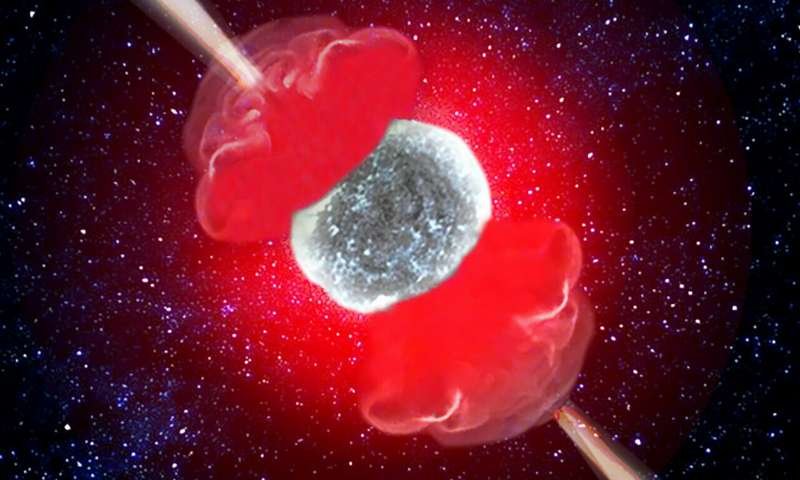
Observations of supernova SN2017iuk taken shortly after its onset showed it expanding rapidly, at one third of the speed of light. This is the fastest supernova expansion measured to date. Monitoring of the outflow over many weeks revealed a clear difference between the initial chemical composition and that at later times.
Taken together, these are indicators of the presence of the much theorized hot cocoon, filling a gap in our knowledge of how a jet of material escaping a star interacts with the stellar envelope around it and providing a potential link between two previously distinct classes of supernovae.
“This immediately looked like an event worth chasing, as it happened in a grand-design spiral galaxy at very close proximity, cosmologically speaking,” Dr Rhaana Starling, Associate Professor in the University of Leicester’s Department of Physics and Astronomy said, in a press release.
“When the first sets of data came in there was an unusual component to the light that looked very blue, prompting a monitoring campaign to see if we could determine its origin by following the evolution and taking detailed spectra.
“The gamma-ray burst itself looked quite weak, so we could see other processes that were going on around the newly-formed jet which are normally drowned out. The idea of a cocoon of thermalised gas created by the relativistic jet as it drills out of the star had been proposed and implied in other cases, but here was the evidence that we needed to pin down the existence of such a structure.”
The supernova signals the final demise of a massive star, in which the stellar core collapses and the outer layers are violently blown off. SN2017iuk belongs to a class of extreme supernovae, sometimes called hypernovae or GRB-SNe, that accompany a yet more dramatic event known as a gamma-ray burst (GRB).
At stellar death, a highly relativistic, narrow beam of material can be ejected from the poles of the star which glows brightly first in gamma radiation and then across the entire electromagnetic spectrum and is known as a GRB.
The object was monitored over 30 days and at many wavelengths. The event was first detected using the Neil Gehrels Swift Observatory. Swift is a NASA space mission in which the University of Leicester is one of three partners, and hosts its UK data centre.
Speeds of up to 115,000 kilometres per second were measured for the expanding supernova for approximately one hour after its onset. A different chemical composition was found for the early expanding supernova when compared with the more iron-rich later ejecta. The team concluded that just hours after the onset the ejecta is coming from the interior, from a hot cocoon created by the jet.
MessageToEagle.com



